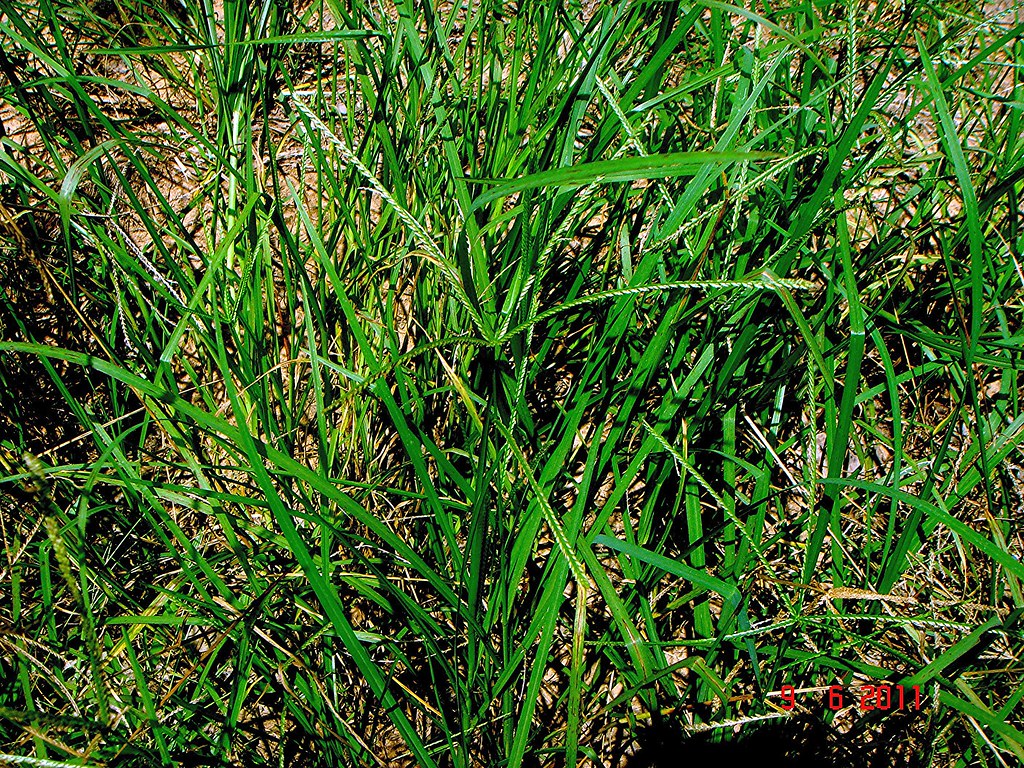Welcome to the Inspagro blog, the innovative solution transforming how farmers monitor, record, and share crucial information about their crops. Today, we're discussing one of the most persistent and invasive weeds farmers face: Eleusine indica, also known as goosegrass. We'll delve into its impacts on commercial crops, how to identify it, and the best way to monitor it using Inspagro.
Understanding Eleusine indica
Eleusine indica, belonging to the grass family, is a highly adaptable and resistant weed common in both agricultural and non-agricultural areas. Its rapid growth and ability to produce a large number of seeds make it a significant threat to commercial crops.
Impacts on Commercial Crops
- Competition for Resources: Eleusine indica intensely competes with crops for water, nutrients, and light, significantly reducing crop productivity and quality.
- Host for Pests and Diseases: It serves as a host for various pests and diseases, transferring them to cultivated plants and increasing phyto-sanitary control costs.
- Control Difficulty: Its resistance to herbicides and rapid reproduction capability make its control a constant challenge for farmers.
Identifying Eleusine indica in the Field
Correct identification is the first step toward effective management. Here are some characteristics to help recognize Eleusine indica:
- Leaves: Flat, narrow, and long leaves, with a membranous ligule at the base.
- Inflorescence: Spikelets grouped in fingers (usually 2 to 5), resembling the toes of a foot, hence the common name.
- Root: Fibrous and superficial root system.
Monitoring with Inspagro
Inspagro simplifies the monitoring of Eleusine indica, allowing you to record and track the presence of this weed efficiently. Here's how:
- Offline Recording: Even in areas without a connection, you can record the presence of Eleusine indica using geolocated photos. The images and associated agronomic information will be stored locally.
- Identification and Counting: Upon identifying Eleusine indica, record its density at different points in the field. This can be done by noting the amount in a defined area, such as one square meter, to estimate infestation.
- Synchronization and Sharing: Once you return to an area with a connection, sync the collected data to the cloud. This allows sharing the information with team members and interested third parties, facilitating decision-making and control action planning.
Accurate identification and regular monitoring are key to effectively managing Eleusine indica. With Inspagro, this process becomes simpler and more reliable, helping you protect your crops and maximize your field's productivity.
Remember: a well-monitored field is the first step towards a healthy and productive crop. Always count on Inspagro for efficient farm monitoring!
FAQs on Eleusine indica and Inspagro
Q1: What makes Eleusine indica a threat to crops? A1: Eleusine indica poses a threat due to its rapid spread, intense competition for resources with crops, and its ability to host pests and diseases.
Q2: What are the distinctive features of Eleusine indica for identification in the field? A2: Eleusine indica can be identified by its flat, narrow, and long leaves, its inflorescence in the shape of fingers, and its fibrous and superficial root system.
Q3: How does Inspagro facilitate the monitoring of Eleusine indica? A3: Inspagro allows for offline recording of observations with geolocated photos, storage of agronomic data, and synchronization to share information when connected to the internet.
Q4: How can I estimate the density of Eleusine indica in my field? A4: Estimate the density by recording the number of Eleusine indica in a defined area (e.g., one square meter) at different points in the field, which helps assess infestation.
Q5: What is the importance of regular monitoring of Eleusine indica? A5: Regular monitoring helps understand the extent of infestation, enables more effective control actions, and minimizes the negative impact on the productivity and health of commercial crops.

,%20showcasing%20its%20distinctive%20features%20such%20as%20flat,%20narrow,%20and%20long%20lea.webp)
.jpg)


Comments
Post a Comment